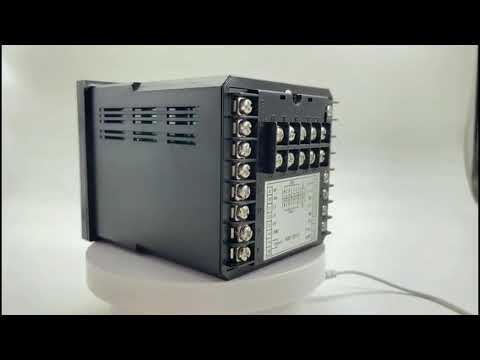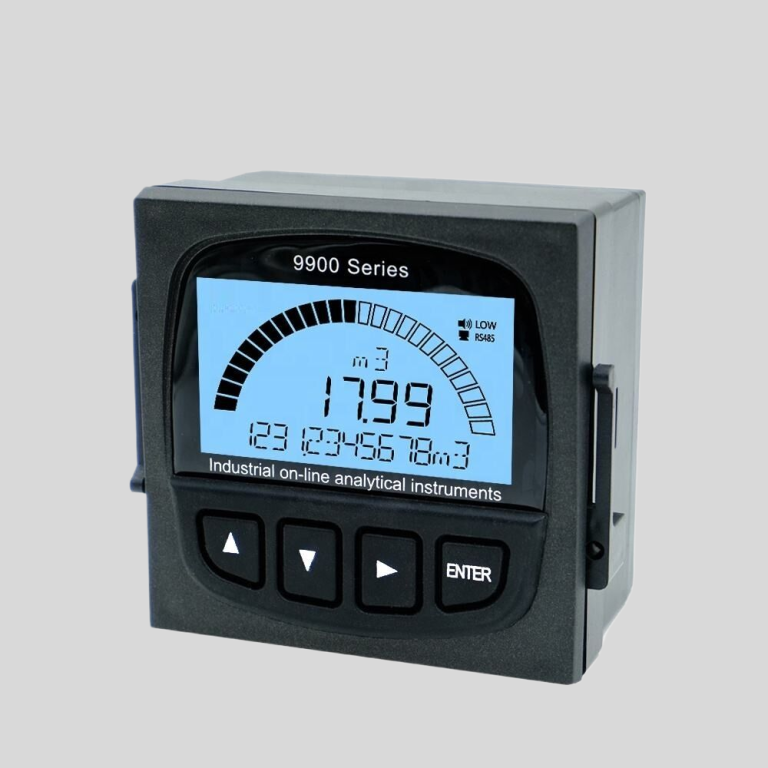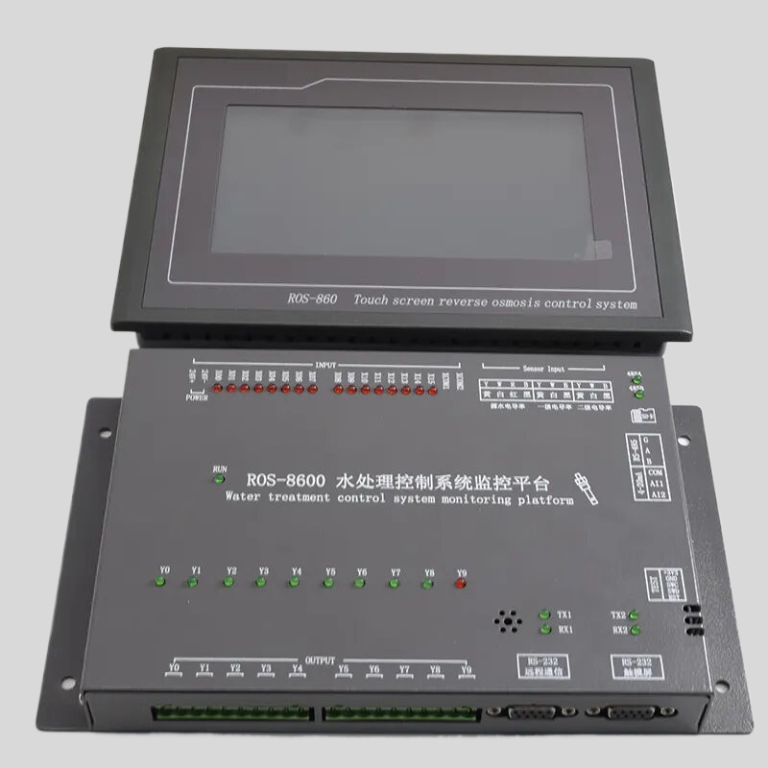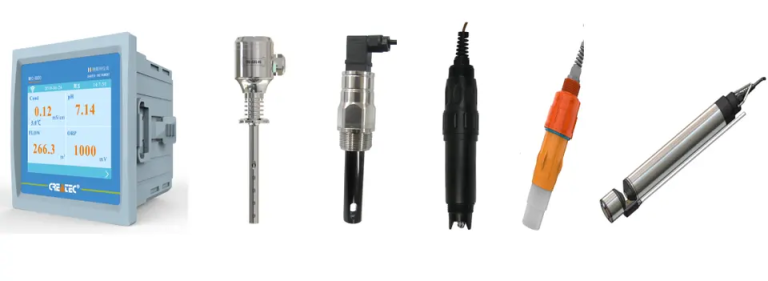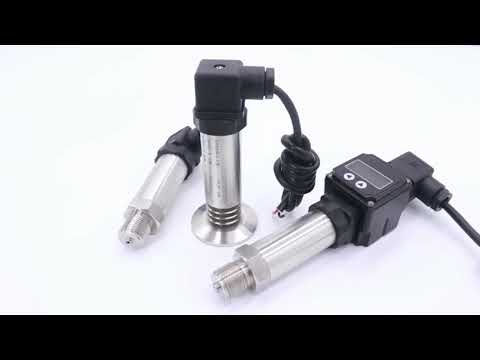Table of Contents
Proper Storage Techniques for pH Meters
Proper Storage Techniques for pH Meters
Maintaining the accuracy and longevity of pH meters is essential for obtaining reliable results in various scientific and industrial applications. Proper storage of pH meters plays a crucial role in preserving their functionality and ensuring accurate measurements over time. In this article, we will explore the best practices for storing pH meters to help you maximize their performance and lifespan.
One of the most important considerations when storing pH meters is protecting the sensitive glass electrode. The glass electrode is a critical component of the ph meter that directly interacts with the sample being tested. Exposure to air, moisture, or contaminants can lead to drift in calibration and inaccurate readings. To safeguard the glass electrode, always store the pH meter with the electrode tip immersed in a storage solution specifically designed for pH electrodes. This solution helps maintain the hydration level of the glass membrane and prevents it from drying out or becoming contaminated.
Additionally, it is essential to clean the electrode thoroughly before storage to remove any residues or impurities that could affect its performance. Use a gentle cleaning solution recommended by the pH meter manufacturer and rinse the electrode with distilled water to ensure it is free from any cleaning agents. Once cleaned, store the electrode in the storage solution to keep it hydrated and protected until the next use.
When it comes to the overall storage environment for pH meters, consistency is key. Fluctuations in temperature, humidity, or exposure to direct sunlight can impact the performance of pH meters and lead to drift in readings. Ideally, store pH meters in a cool, dry place away from direct sunlight and extreme temperatures. Avoid storing pH meters near sources of heat or cold, such as radiators or air conditioning vents, as sudden temperature changes can affect the accuracy of the readings.
| Model | pH/ORP-8851/9900 pH/orp meter |
| Range | 0-14 pH; -2000 – +2000mV |
| Accuracy | ±0.1pH; ±2mV |
| Temp. Comp. | Automatic temperature compensation |
| Oper. Temp. | Normal 0~60℃; High temp 0~100℃ |
| Sensor | pH double/triple sensor; ORP sensor |
| Display | Big Screen LCD Screen |
| Communication | 4-20mA output/RS485 |
| Output | High/Low limit dual relay control |
| Power | DC24V/0.5A or AC85-265V±10% 50/60Hz |
| Working Environment | Ambient temperature:0~50℃ |
| Relative humidity≤85% | |
| Dimensions | 96×96×72mm(H×W×L) |
| Hole Size | 92×92mm(H×W) |
| Installation Mode | Embedded |
In addition to proper storage practices, regular maintenance and calibration are essential for keeping pH meters in optimal working condition. Schedule routine calibration checks according to the manufacturer’s recommendations to ensure accurate readings and make any necessary adjustments. Proper maintenance, combined with correct storage techniques, will help you get the most out of your pH meter and maintain its accuracy and reliability over time.

In conclusion, proper storage of pH meters is essential for preserving their functionality and accuracy. By following the best practices outlined in this article, you can ensure that your pH meter remains in optimal condition and provides reliable measurements for your various applications. Remember to protect the glass electrode, maintain a consistent storage environment, and invest in a protective case to prolong the lifespan of your pH meter and maximize its performance.
Best Practices for Maintaining pH Meter Accuracy
Proper storage of a pH meter is crucial in maintaining its accuracy and longevity. Whether you are a professional in a laboratory setting or a hobbyist using a pH meter at home, following best practices for storage can ensure reliable and precise measurements over time.
When it comes to storing your pH meter, the first step is to clean and dry the electrode properly. After each use, rinse the electrode with distilled water to remove any residue or contaminants. Avoid using tap water, as it can introduce impurities that may affect the accuracy of your readings. Once rinsed, gently blot the electrode with a soft, lint-free cloth to remove excess moisture.
Next, it is essential to properly calibrate your pH meter before storing it. Calibration ensures that your meter is reading accurately and provides a baseline for future measurements. Follow the manufacturer’s instructions for calibration using the appropriate buffer solutions. Once calibrated, rinse the electrode again with distilled water and dry it thoroughly before storage.
When storing your pH meter, it is important to keep the electrode hydrated to prevent it from drying out. Most pH meters come with a storage solution or cap that should be used to keep the electrode moist. If your meter does not come with a storage solution, you can make your own by mixing distilled water with a few drops of electrode storage solution or pH 4 buffer solution.
Store your pH meter upright in a clean, dry place away from direct sunlight and extreme temperatures. Avoid storing the meter in humid or dusty environments, as this can damage the electrode and affect its performance. It is also recommended to store the meter in a protective case or box to prevent any accidental damage.
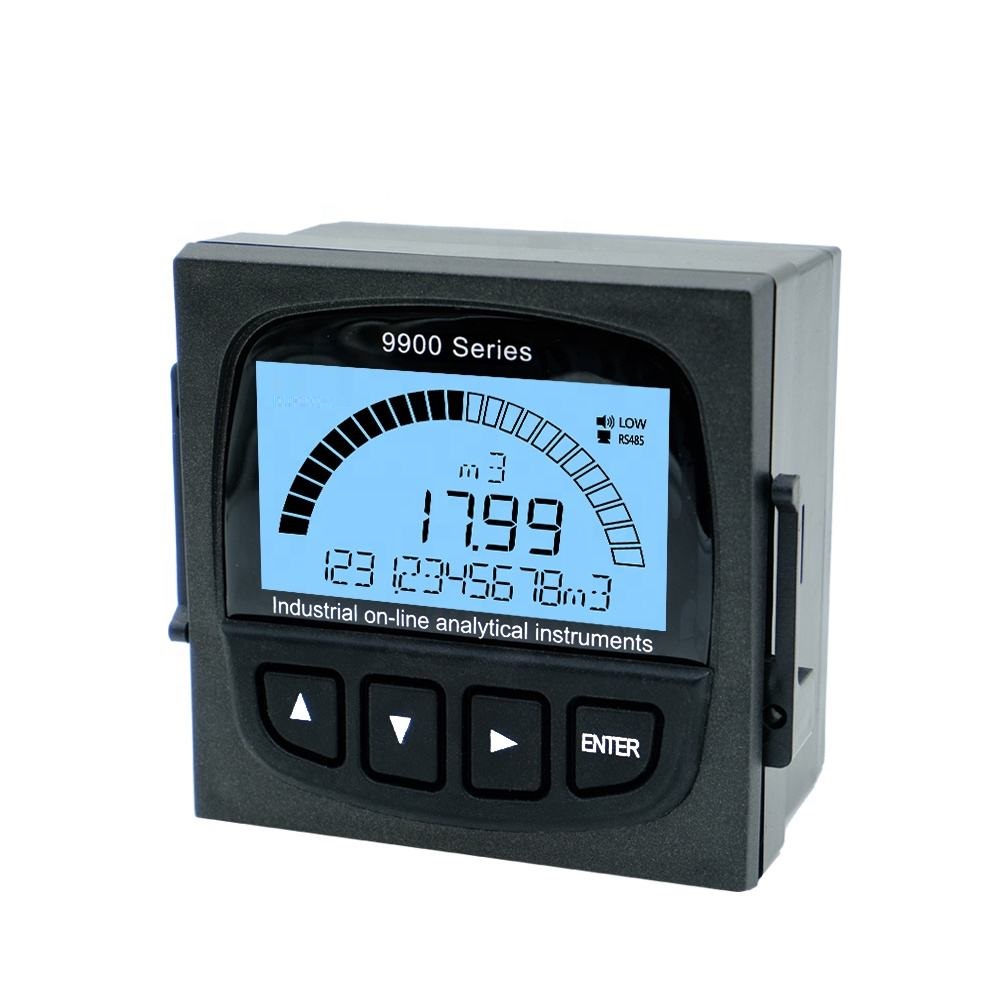
Regular maintenance of your pH meter is essential to ensure its accuracy and reliability. Periodically check the condition of the electrode and replace it if it shows signs of wear or damage. Keep the electrode clean and free from any buildup or residue that may affect its performance.
| Model | CCT-5300E series Conductivity/Resistivity/TDS Online Controller |
| Constant | 0.01cm-1, 0.1 cm-1, 1.0cm-1, 10.0 cm-1 |
| Conductivity | (0.5~20,000)uS/cm,(0.5~2,000)uS/cm, (0.5~200)uS/cm, (0.05~18.25)MQ·cm |
| TDS | (0.25~10,000)ppm, (0.25~1,000)ppm, (0.25~100)ppm |
| Medium Temp. | (0~50)℃(Temp.Compensation: NTC10K) |
| Accuracy | Conductivity: 1.5%(FS), Resistivity:2.0%(FS), TDS: 1.5%(FS), Temp.: +/-0.5℃ |
| Temp. compensation | (0-50)°C (with 25℃ as Standard) |
| Cable length | ≤20m(MAX) |
| mA output | Isolated, transportable (4~20)mA, Instrument / Transmitter for selection |
| Control Output | relay contact: ON/OFF, Load capacity: AC 230V/5A(Max) |
| Working Environment | Temp.(0~50)℃;Relative Humidity ≤85%RH (none condensation) |
| Storage Environment | Temp.(-20~60)℃;Relative Humidity ≤85%RH (none condensation) |
| Power Supply | CCT-5300E: DC 24V; CCT-5320E: AC 220V |
| Dimension | 96mmx96mmx105mm(HxWxD) |
| Hole Size | 91mmx91mm(HxW) |
| Installation | Panel mounted, fast installation |
In conclusion, proper storage of your pH meter is essential in maintaining its accuracy and longevity. By following these best practices, you can ensure that your pH meter provides reliable and precise measurements for years to come. Remember to clean and dry the electrode, calibrate the meter before storage, keep the electrode hydrated, store the meter in a clean, dry place, and perform regular maintenance checks. By taking care of your pH meter, you can enjoy accurate and consistent results in your pH measurements.


